#roll film
Text
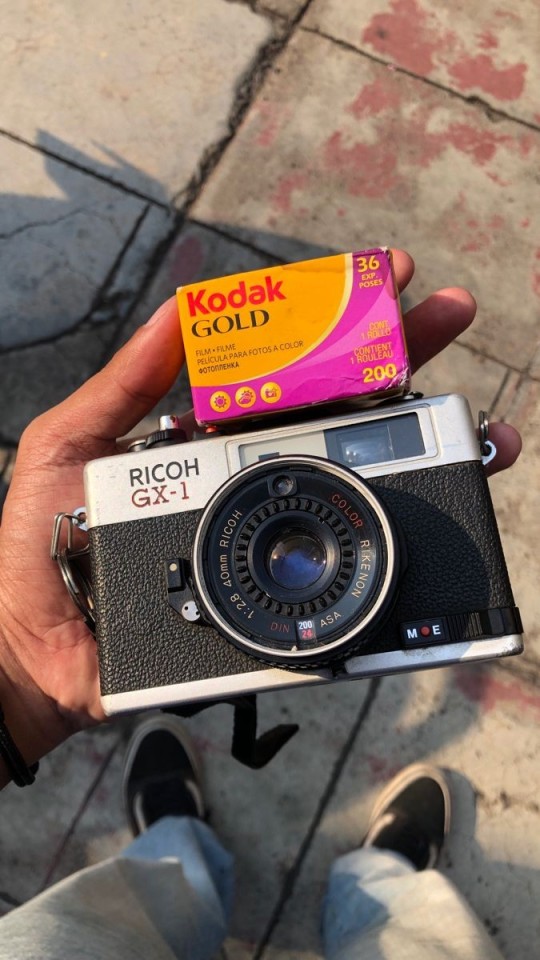
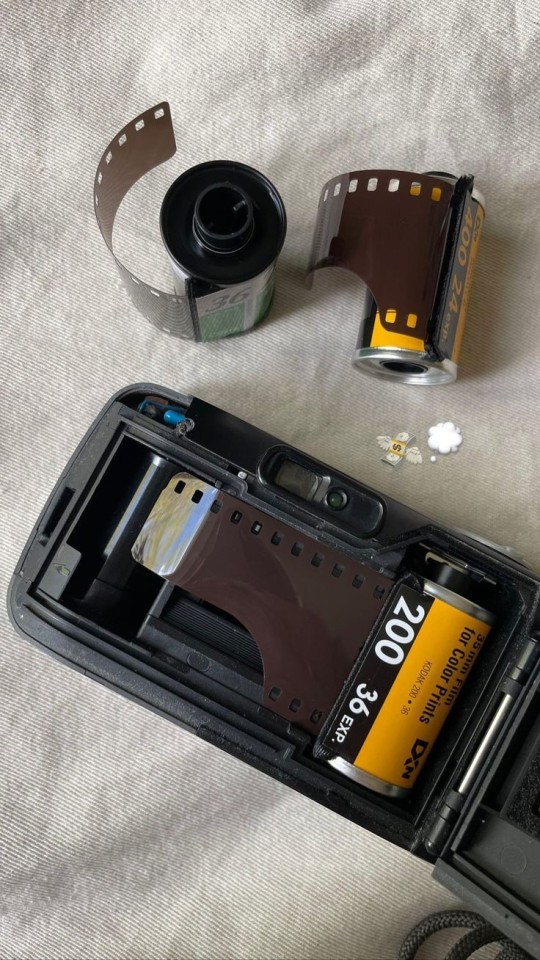
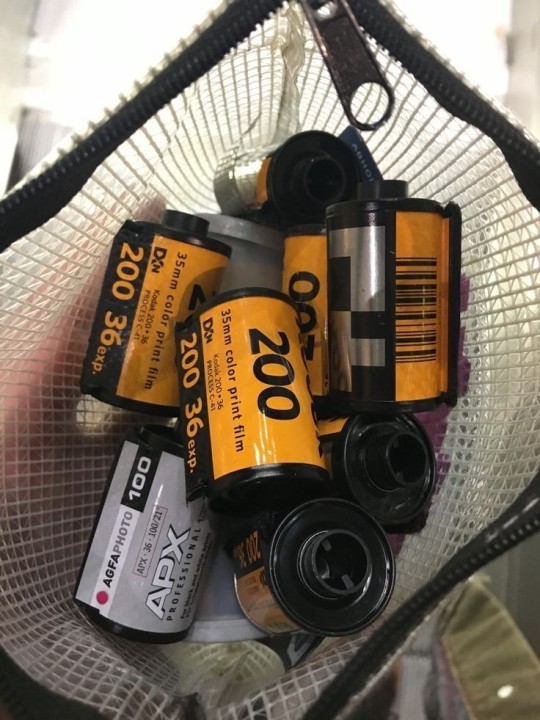

#retro camera#vintage camera#camera#kodak#film rolls#developing#roll film#photography#aesthetic#vintage art#art#dumblr
249 notes
·
View notes
Photo
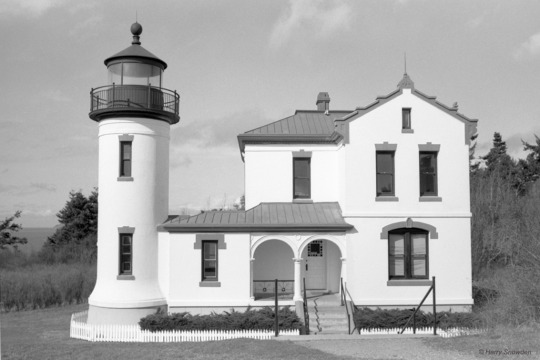
Admiralty Head Lighthouse - Washington
Harry Snowden
#photographers on tumblr#pnw#washington#blackandwhite#bw#film#35mm#nikon fe#lighthouses#analog photography#roll film#tmax#original photographer
46 notes
·
View notes
Text



George Eastman registered the trademark Kodak and received a patent for his camera that uses roll film on September 4, 1888.
#George Eastman#patent#roll film#Kodak#4 September 1888#Hollywood#6801 Hollywood Boulevard#Dolby Theatre#Kodak Theatre#original photography#travel#vacation#tourist attraction#landmark#cityscape#architecture#USA#California#summer 2011#2008#street scene#Los Angele#135th anniversary#US history#exterior
5 notes
·
View notes
Video
Tanks A Lot by Neil Kesterson
Via Flickr:
Voigtlander Perkeo I, Bergger Pancro 400, HC-110 semi-stand
#120#6x6#MF120#Perkeo#Voigtlander#classic#film#filmisnotdead#filmsnotdead#folder#medium format#retro#roll film#vintage#Versailles#Kentucky#USA#flickr
6 notes
·
View notes
Video
Early Morning from Crissy Field by Darren Samuelson
Via Flickr:
The last day of 2020.
0 notes
Text

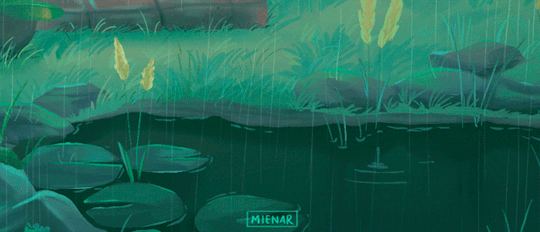

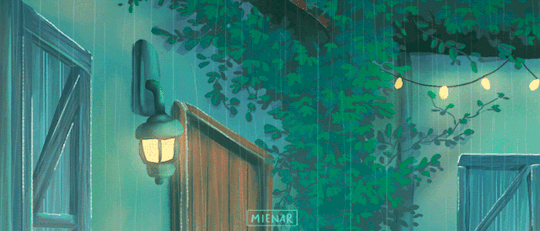

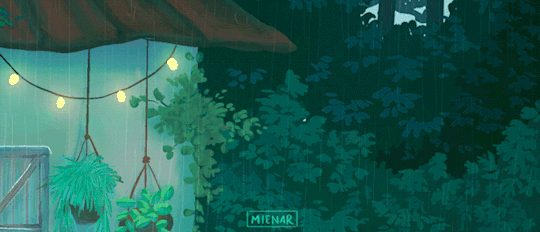
close-ups of a commission i did a while back! 🌱
instagram | shop | commission info
#artists on tumblr#animated illustration#animated gif#digital art#2d animation#backgrounds#environment art#environment illustration#myillust#cozy#rainy days#there were so many details in this commission that i rmb thinking to myself that they could be like b-rolls in a film heh#so i cropped it to 21:9 to get that ✨cinematic look✨ and it turned out so cool!!#i'm sorry for being so inactive for so long ;-; i really havent had the time to make new art#things are calming down for me now that i can get back to making more art#thank you so much for sticking around all this while ;; please know that i really appreciate it like really really really!#i hope you'll like this! :D
11K notes
·
View notes
Text

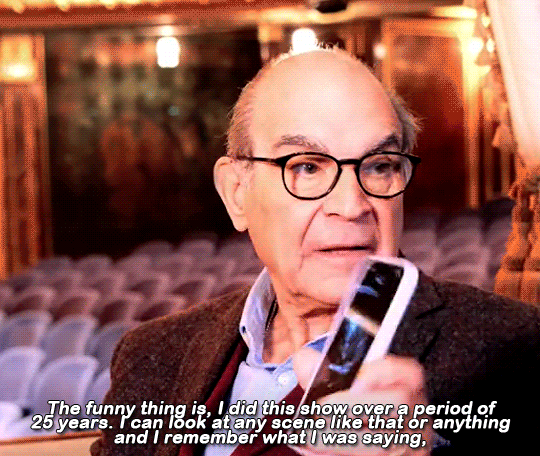
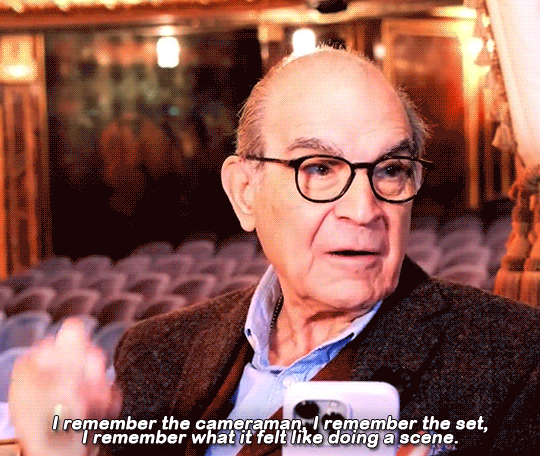

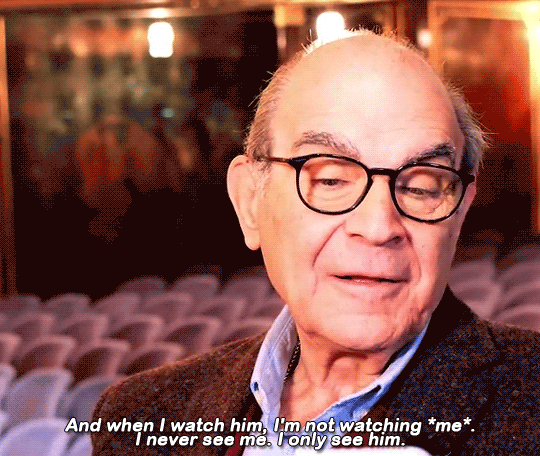

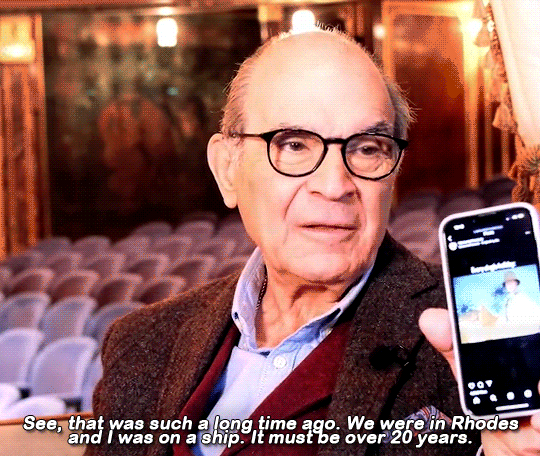
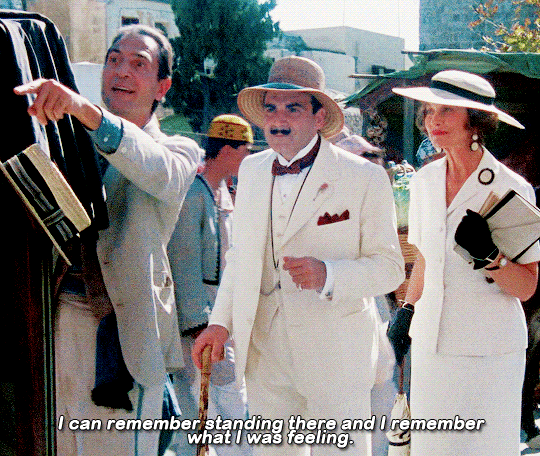
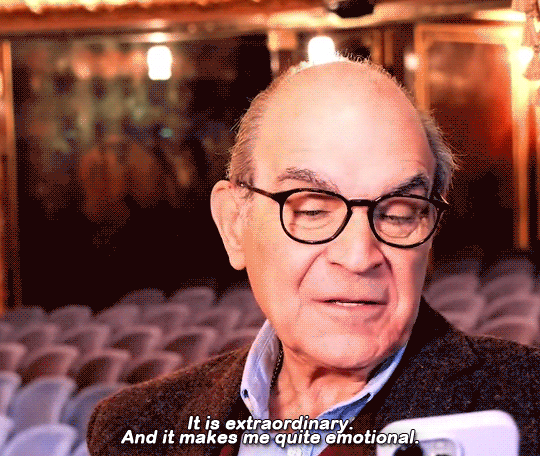
David Suchet watching Poirot clips on Instagram
- Poirot and More clip, December 8 2023 (also on David's Twitter)
#poirot#hercule poirot#david suchet#agatha christie#perioddramaedit#tvedit#tvandfilm#userbbelcher#poirotedit#*edit#poirot 1x07: problem at sea#poirot 2x06: double sin#like a cinnamon roll basking in sunshine <3#always has warm things to say about filming <3#he has great memory too#i giffed the specific moments he was referencing#he's never seen the IG clips before#i think the interviewer pointed out the IG account#and david scrolled through the clips <3#the clips then prompted the anecdotes
3K notes
·
View notes
Text
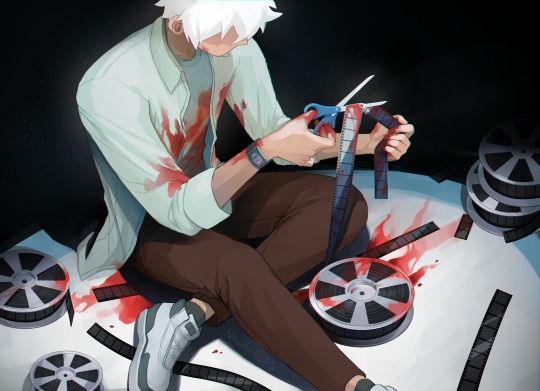
things left on the cutting room floor
#shiguang daili ren#link click#lu guang#shiguang#nagas art#the end of season 2 still has me in a chokehold#every link click fanartist draws them with film rolls at least once#its my turn
4K notes
·
View notes
Photo

Film Camera Evolution
The history of photography has been marked by numerous technological advancements, and the evolution of film cameras is no exception. From the earliest experiments with light-sensitive materials to the advanced features of modern film cameras, this article explores the major milestones in the evolution of film cameras.
Early Experiments
The earliest experiments with light-sensitive materials date back to the early 19th century, with the invention of the camera obscura and the daguerreotype process. These early cameras used light-sensitive plates to capture images, but the process was slow, complex, and not widely available.
Roll Film
In 1888, George Eastman introduced roll film, a flexible, light-sensitive material that could be wound onto spools and used in a handheld camera. This innovation made photography more accessible to the masses, and Eastman went on to found the Eastman Kodak Company, which became one of the leading manufacturers of cameras and film.
The 35mm Camera
In 1913, Oskar Barnack, an engineer at the German company Leica, developed the 35mm camera, a compact, lightweight camera that used 35mm film. The 35mm camera was a major breakthrough in photography, allowing photographers to capture high-quality images with a portable camera that was easy to use.
Single Lens Reflex (SLR) Cameras
In 1933, the Kine Exakta, the first successful single lens reflex (SLR) camera, was introduced by the German company Ihagee. SLR cameras allowed photographers to see exactly what they were capturing through the lens, which improved accuracy and composition. SLR cameras went on to become the dominant type of camera for professional and serious amateur photographers.
Color Film
In 1935, Kodak introduced Kodachrome, the first commercially successful color film. Color film revolutionized the field of photography, allowing photographers to capture the full spectrum of colors in the world around us.
Automatic Exposure
In the 1950s and 1960s, cameras with automatic exposure were introduced, allowing photographers to set the desired aperture and let the camera adjust the shutter speed to get the correct exposure. This feature made photography more accessible to casual users and helped to popularize photography as a hobby.
Digital Cameras
In the 1990s, the first digital cameras were introduced, which used electronic sensors instead of film to capture images. Digital cameras allowed photographers to instantly view and edit their images, and eliminated the need for film processing.
Conclusion
The evolution of film cameras has been marked by numerous technological advancements that have revolutionized the field of photography. From the early experiments with light-sensitive materials to the advanced features of modern film cameras, each new development has expanded the possibilities of what is possible with photography. While digital cameras have largely replaced film cameras, the legacy of these early photographic pioneers lives on, inspiring and informing the work of photographers around the world.
Source: History of Camera – From Camera Obscura to SLR
#roll film#35mm film#slr#single lens reflex#color film#automatic exposure#digital cameras#george eastman#eastman kodak
0 notes
Text

#picture#analogue#35mm#film camera#film photography#iso#building#light#image#hunting#roll film#vintage#wire#skina#photography
0 notes
Video
Cyanotype Photograph (1014) by Russell Moreton
Via Flickr:
russellmoreton.blogspot.com/
#russell moreton#visual fine art#spatial practice#research creation#ecology of experience#experimental#drawings#cyanotypes#studio#art practice#flickr#roll film#ilford delta
1 note
·
View note
Text


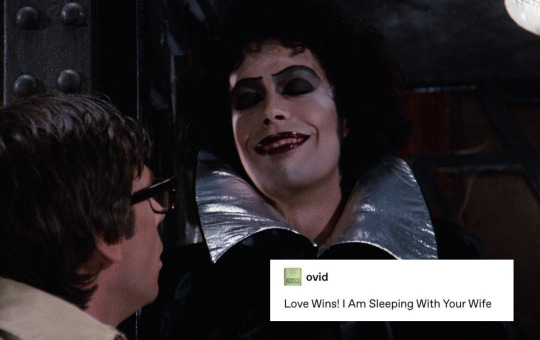



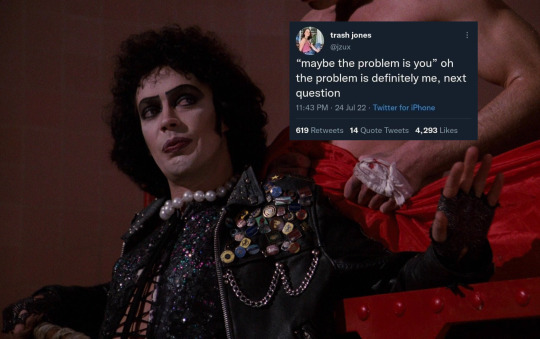

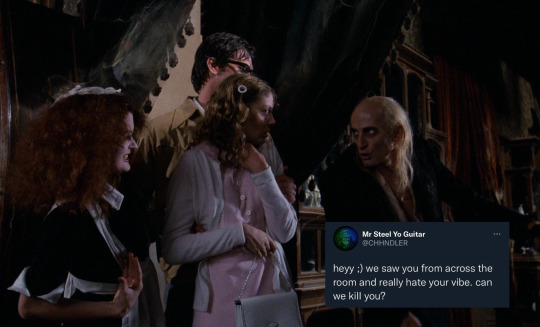
The Rocky Horror Picture Show + funny text posts I've collected
Part 2/?
#time to roll out my rocky horror ones now!#i still have plenty of shock treatment ones left tho dont y'all worry#rocky horror#the rocky horror picture show#film: rocky horror picture show#rhps#rocky horror show#richard o'brien#rhps text posts#mine#films: rocky horror picture show
3K notes
·
View notes
Photo

Spirit Houses - Yukon Territory Canada
Harry Snowden
#photographers on tumblr#original photographers#pnw#canada#yukon#graves#film#35mm#analog#nikon fe#roll film#subarctic#landscapes#film photography
52 notes
·
View notes
Video
Barn and Birdhouse by Neil Kesterson
Via Flickr:
Voigtlander Perkeo I, Bergger Pancro 400, HC-110 demi-stand
#120#6x6#B&W#Bergger#HC-110#MF120#Pancro 400#Perkeo#Voigtlander#black and white#classic#film#filmisnotdead#filmsnotdead#folder#medium format#monochrome#retro#roll film#semi-stand#vintage#USA#flickr
4 notes
·
View notes
Photo




an iconic look 💛 for @hobicentric
cr. namuspromised
#btsgif#dailybts#btsedit#networkbangtan#bangtanarmynet#hopenet#houseofddaeng#hobi#memories 2021#rolling stone magazine making film#trackofthesoul#*hs#*gifs#JULIAAAAA#I JUST SAW ITS YOUR BIRTHDAY!!!!!!#oh lovely I wish you THE happiest most amazing day#I hope you're surrounded by just as much love and sunshine as you give us all here#I'm truly so happy you're (still!) around brightening the place up and making me smile so so much all the time#you're truly a gem and I adore you so much#I wish I would have known earlier to make something more personal/ special for you#(I'll make it up to you once I have more time on my hands again I promise)#but I absolutely love this look and I think he radiates so much positivity & fun & brightness here. perfect for someone like you#I am thinking of you a lot today. celebrating with you! happy birthday darling I love you!!
3K notes
·
View notes
Text

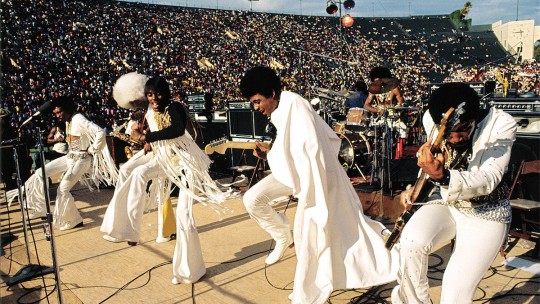
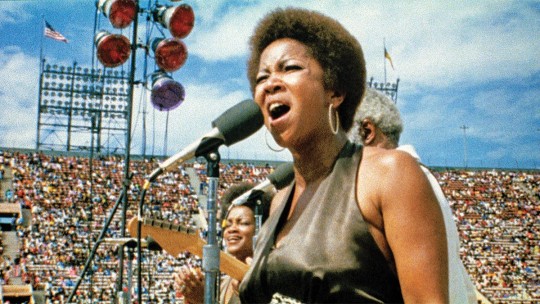





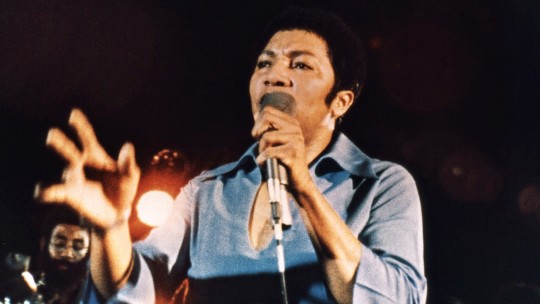

Wattstax 1973 (Filmed August 20, 1972.)
#1970s#soul#black excellence#r&b#cinema#culture#activism#music#jazz#rock n roll#movies#documentary#film#black tumblr#urban#community#black history#los angeles#history#wattstax#jesse jackson#the bar kays#the staple singers#carla thomas#richard pryor#isaac hayes#jimmy jones#🎶 ✌🏽
690 notes
·
View notes
